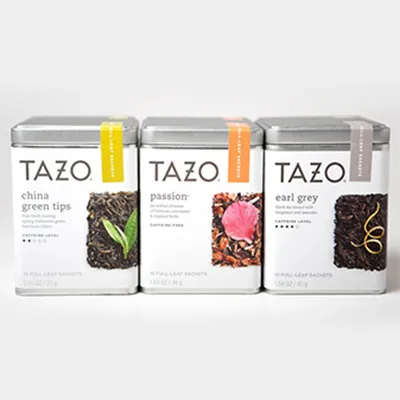liquid medicine bottle measurements
Understanding Liquid Medicine Bottle Measurements A Comprehensive Guide
Liquid medicines are an essential part of healthcare, providing vital treatments for various conditions. Unlike solid forms of medication, liquid medications require accurate measurement to ensure that patients receive the correct dosage. This article delves into the measurements associated with liquid medicine bottles, their significance, and best practices for accurate dosing.
The Importance of Accurate Measurement
Accurate measurement of liquid medicine is crucial. Under-dosing can lead to insufficient treatment and slower recovery, while overdosing can result in toxicity and severe side effects. The medical community recognizes this importance, leading to the development of standardized liquid measurement units. These units typically include milliliters (mL) and teaspoons, which are commonly used in medical prescriptions and patient instructions.
Standard Measurements
Liquid medication bottles often come in standard sizes, which can influence how the medication is measured. Common bottle sizes include 30 mL, 60 mL, 120 mL, and larger, depending on the treatment requirement. Utilizing graduated measuring devices such as syringes, medicine cups, or droppers is essential for precise dosing. These devices are usually marked with measurements for easy readability.
- Milliliters (mL) Used universally in healthcare settings, mL units allow for exact dosing. For example, if a doctor prescribes 5 mL of a liquid antibiotic, it is essential to use a measuring tool marked in milliliters to avoid mistakes.
- Teaspoons and Tablespoons In some settings, particularly in the United States, dosing may also be communicated in household measurements. One teaspoon is approximately 5 mL, while a tablespoon is about 15 mL. However, confusion can arise when patients use kitchen measuring spoons, leading to potential dosing errors.
Reading the Label and Instructions
When dealing with liquid medicine, reading the label is paramount. Each medication bottle contains critical information, including the concentration of the active ingredient, the recommended dosage, and the method of administration. It is essential to ensure the right liquid measurement is used per the instructions provided. If a different concentration than prescribed is used, adjustments in dosing will be necessary.
Using the Right Measuring Tools
Patients and caregivers must utilize appropriate measuring tools for liquid medications. Kitchen spoons are not recommended, as they can vary significantly in size. Instead, they should use
liquid medicine bottle measurements

- Syringes Often included with liquid medications, syringes offer precision in measurement, allowing for exact dosages.
- Medicine Cups These typically have clear markings and are easy to read
. Patients should ensure they are using a marked medicine cup that corresponds to the measurement of the dose prescribed.- Droppers Some liquid medicines come with droppers that allow for precise dispensing of small amounts.
Best Practices for Dosing
1. Check the Label Always verify the instructions on the medication label before administering the dosage.
2. Use Proper Tools Stick to using syringes, medicine cups, or droppers intended for medicine, avoiding household utensils.
3. Double-check Measurements If uncertain about the dosage, consult with a healthcare provider or pharmacist before administering the medication.
4. Stay Consistent When using different measuring tools or converting between units, double-check calculations to maintain consistency in dosing.
5. Store Properly Ensure that liquid medications are stored as per the instructions to maintain their efficacy, and keep them away from children.
Conclusion
Understanding liquid medicine bottle measurements is vital for anyone responsible for administering medication. Accurate dosing significantly impacts treatment effectiveness and overall patient safety. By utilizing the correct measuring tools, reading labels diligently, and adhering to best practices, caregivers and patients can navigate liquid medication safely and effectively. Always remember that when in doubt, seeking advice from healthcare professionals ensures that medications are administered correctly, promoting better health outcomes.
-
Aesthetic Makeup Spray Bottles | Fine Mist Empty RefillableNewsAug.19,2025
-
White Plastic Veterinary Vaccine Vials | Lab Liquid BottlesNewsAug.18,2025
-
Plastic Medicine Liquid Bottle: Secure Flip Top Drug VialsNewsAug.17,2025
-
Durable 250ml Blue Plastic Vaccine Vial for Lab & Vet UseNewsAug.16,2025
-
Sterile Virus Sample Tubes: Secure & Reliable Specimen CollectionNewsAug.15,2025
-
White 250ml Plastic Vaccine Vial for Lab & Vet MedicineNewsAug.14,2025
























